Top speed 209 km/h Length 6.22 m | Wingspan 9.37 m First flight July 14, 1916 | |
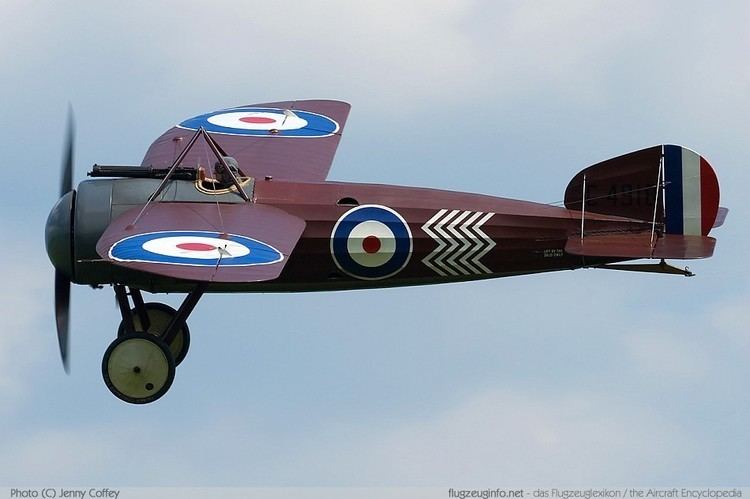 | ||
The Bristol M.1 Monoplane Scout was a British monoplane fighter of the First World War.
Contents
Development
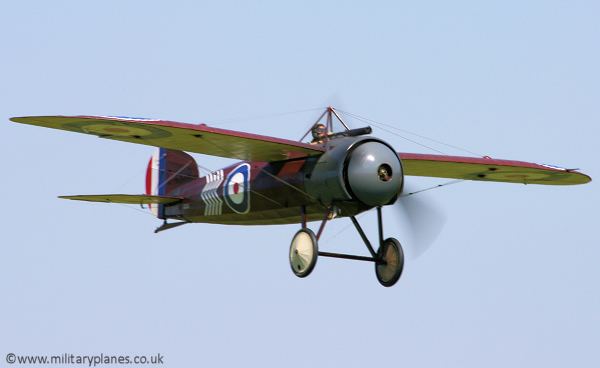
In 1916, Frank Barnwell, chief designer of Bristol Aeroplane Company, realising that the performance of existing fighter aircraft was inadequate, designed a new single-seat tractor monoplane fighter as a private venture, the Bristol M.1.
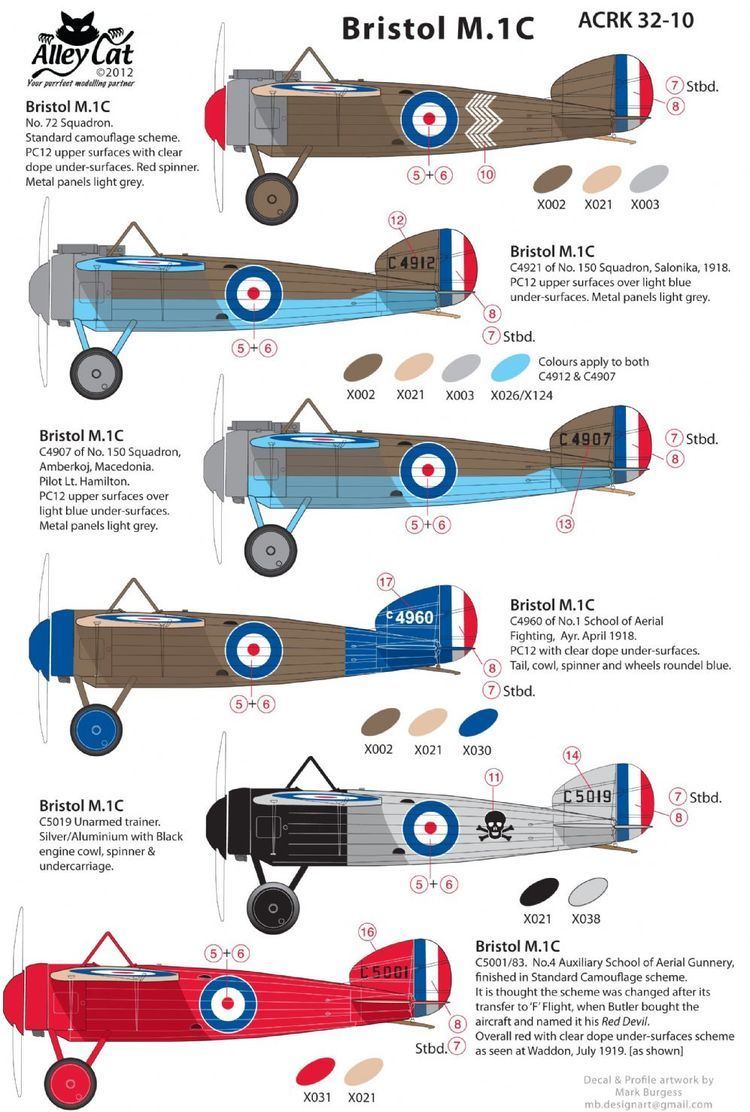
The first prototype, the M.1A made its maiden flight on 14 July 1916. It was of conventional wood and fabric construction, with a carefully streamlined circular cross-section fuselage. The wing was shoulder mounted and was braced with flying wires running from the wing to the lower fuselage and landing wires from the wings to a cabane made of two semi-circular steel tube hoops positioned over the pilot's cockpit. A 110 horsepower (82 kW) Clerget rotary engine drove a two-bladed propeller fitted with a large hemispherical spinner to reduce drag. It was purchased by the War Office for evaluation, and demonstrated impressive performance during official testing, reaching a speed of 128 miles per hour (206 km/h) and climbing to 10,000 feet (3,000 m) in 8 minutes 30 seconds, although the forward and downward view was criticised by test pilots.
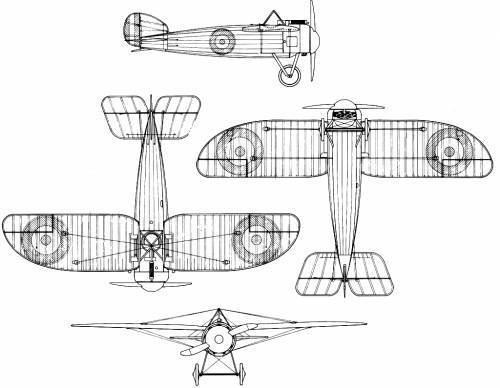
The War Office ordered four modified aircraft, designated M.1B, in October 1916. These differed from the first prototype in having a more conventional cabane consisting of a pyramid of four straight steel struts, a large clear-view cut-out panel in the starboard wing root to give improved view for landing and a single .303 in (7.7 mm) Vickers machine gun mounted on the port wing root.
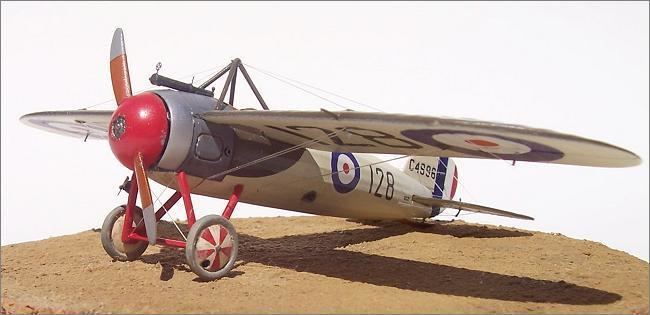
Despite excellent performance - it had a maximum speed some 30-50 mph (50–80 km/h) higher than any of the contemporary German Fokker Eindecker and French Morane-Saulnier N monoplanes - it was rejected by the Air Ministry for service on the Western Front, ostensibly because its landing speed of 49 mph was considered too high for small French airfields, but more likely because of a widespread belief that monoplane aircraft were inherently unsafe in combat. The RFC had imposed a ban on monoplanes after the crash of one of the Bristol-Coanda Monoplanes on 10 September 1912, and despite the subsequent 1913 Monoplane Committee clearing the design type there persisted a deep-rooted suspicion of monoplanes. This suspicion may also have been re-inforced by the RFC's underwhelming experience with various Morane-Saulnier monoplanes, especially the Morane-Saulnier N, which was also criticised for its high landing speed.
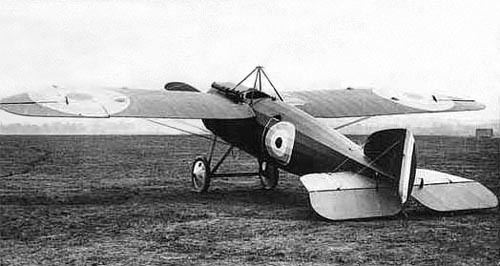
Nevertheless, a production order for 125 aircraft was placed on 3 August 1917. Designated M.1C, this version was fitted with a Le Rhône rotary engine and had a Vickers machine gun centrally-mounted in front of the pilot.
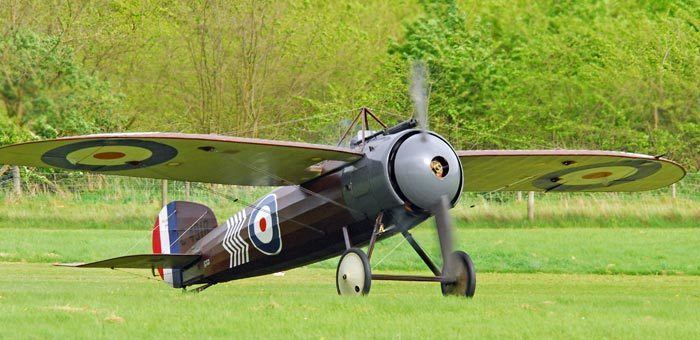
A single M.1, registered G-EAVP was rebuilt as a high-speed testbed for the Bristol Lucifer three cylinder radial engine. This aircraft was designated the M.1D.
Operational history
Thirty-three M.1Cs served in the Middle East and the Balkans in 1917–18, while the rest were used by UK-based training units, where they were popular as personal mounts for senior officers.
One pilot of the M.1Cs that served on the Macedonian Front was Captain Frederick Dudley Travers DFC of No. 150 Squadron RAF, the only ace on this type. Travers switched from the Royal Aircraft Factory SE.5a, in which he had scored three of his four kills and scored the last five of his victories between 2 and 16 September 1918, possibly all in the M.1C serial number C4976. Amongst his victims was a Fokker D.VII, widely regarded as the best German fighter of its day.
Twelve were sent to Chile on second half of 1918 in part payment for the battleships Almirante Latorre and Almirante Cochrane being built for Chile in Britain but commandeered for the Royal Navy before completion. One of these, flown by Lt. Dagoberto Godoy, was used to fly from Santiago to Mendoza, Argentina and back on 12 December 1918, the first flight across the Andes mountain chain.
The Lucifer engined M.1D, painted red and registered G-EAVP, was successfully raced during 1922, winning the handicap prize in the 1922 Aerial Derby, piloted by L.L. Carter. The next year it was fitted with a specially tuned 140 hp (100 kW) Lucifer and entered for the Grosvenor Cup, during which it is crashed at Chertsey on approach to Croydon Airport, killing the pilot, Ernest Leslie Foot.
Variants
Operators
Specifications (M.1C)
Data from Encyclopedia of Military Aircraft
General characteristics
Performance
Armament
Surviving aircraft
A single Bristol M.1 survives and is preserved at the Harry Butler Memorial, Minlaton, South Australia. This is the former RAF aircraft C5001, which was brought to Australia in 1921 by Captain Harry Butler and flown by him under the Australian civil registration VH-UQI. He used the aircraft to complete the first over-water flight in the Southern Hemisphere.
The Royal Air Force Museum London displays a formerly airworthy replica aircraft that first flew in 1987. The Shuttleworth Collection operates a replica aircraft it acquired in 2000.
